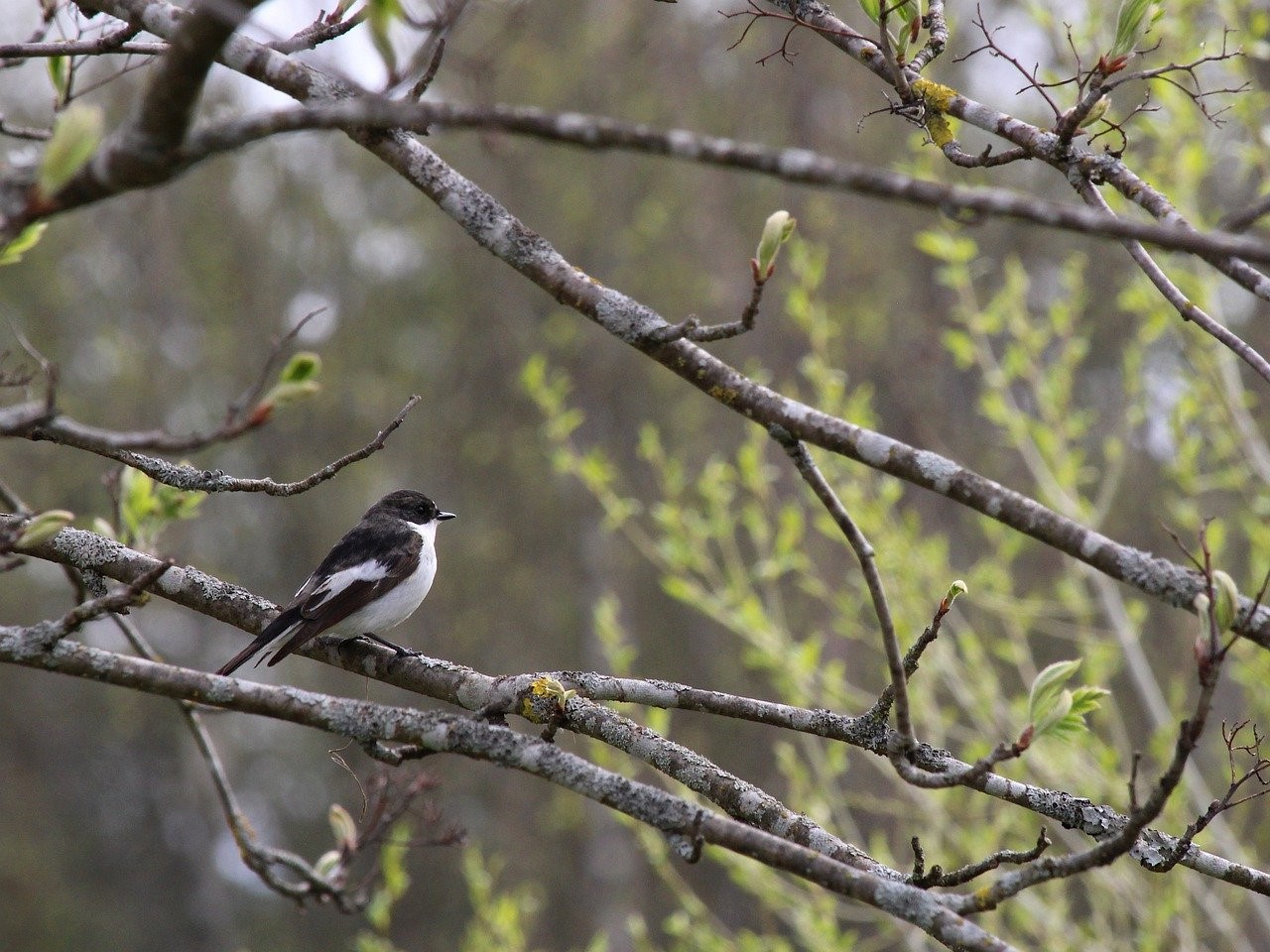A 64-year study of a Pied Flycatcher Ficedula hypoleuca population
DOI:
https://doi.org/10.34080/os.v21.22607Keywords:
breeding biology, predation, fledging success, climate effects, population studies, interspecific competition, nestboxAbstract
A nestbox breeding population of Pied Flycatchers Ficedula hypoleuca was monitored during 64 years in a mixed coniferous-deciduous forest area near Örebro, South Central Sweden. The population showed a continuous average decline of c. 0.5 pairs per year, from c. 50% to c. 20% occupancy. There was a strong negative correlation between flycatcher numbers and those of other hole-nesters, but it is doubtful whether any causal relationship existed. Mean laying date was 24 May (17 May—3 June) and showed a negative correlation with mean May temperatures, yet no significant trend over the six decades. Mean laying date did, however, show an increased variation during the last 20 years. Mean clutch size varied between 5.76 and 7.08, with a mean of 6.34. It varied more during the last 30 years but without any significant relationship with mean laying date. A mean of 5.96 young fledged from broods that produced at least one fledgling vs 5.34 for all broods; the lower figure was mainly a consequence of nest predation by Pine Marten Martes martes, particularly after the early 1980s.
Downloads

Downloads
Published
How to Cite
Issue
Section
License
Copyright (c) 2011 Karl Gustav Schölin, Hans Källander

This work is licensed under a Creative Commons Attribution 4.0 International License.
The copyright of each contribution belongs to the author(s), but all contributions are published under a Creative Commons license, so that anyone is free to share and reuse the contribution as long as the copyright holder is attributed.







